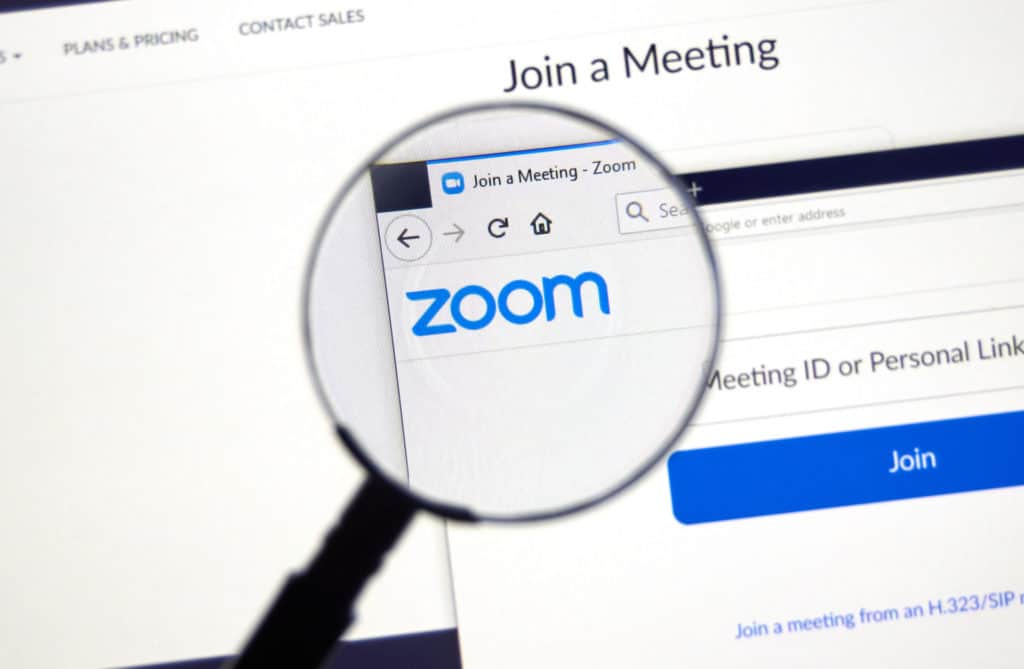More Than a Product Update: Closed Captions Require Care and Responsibility for True Accessibility
“What are those things in your ears?”
As a child, that question would resurface every year as new classmates arrived and a new school year began. I’d explain I was hard of hearing and “those things” were hearing aids.
I hated wearing them. I felt out of place, I couldn’t wear headphones and I didn’t see the point. I didn’t need extra time on tests; I didn’t want it. The 504 meetings pulled me out of class for what felt like no reason.
So, by the time high school came around, I wore them as little as possible. I look back on that now and realize how privileged I was to even be able to complain about something like that. Hearing aids are expensive and rarely covered by insurance. People fight for the 504 meetings and accommodations I so easily took for granted.
When I left for college, my hearing aids remained untouched in their case for most of the year. School was never a place I particularly needed them. I aced my classes regardless. It wasn’t until college that I realized how bad my hearing actually was.
Unless people were facing me, I didn’t understand them. I’d come to learn that many people thought I’d been ignoring them. Music would play in stores and restaurants and I couldn’t make anything out. Laughing along with people when I missed what was said had become so second nature to me that I didn’t even realize it. Classes were fine, with only the occasional request that professors enable captioning on videos but, in social settings, I struggled.
Enter…COVID-19.
I had no idea how much I relied on reading lips until everyone was suddenly in masks and I couldn’t make out what anyone was saying for the life of me—even with hearing aids! As life became virtual, I encountered additional obstacles. Between the terrible quality, sound lag, and constant disruption, I couldn’t understand my professors anymore, to the point that I stopped attending online classes.
My first job after college was fully remote because of the pandemic and continued to be for two years. My current job is hybrid, but requires the same (if not an increased) amount of time in virtual meetings. I never imagined it would become as burdensome as it has.
Enter…live closed captioning!
Google Meet was one of the first platforms I used that had live closed captioning (powered by Google Speech). I have to hand it to them; I’m impressed by their timing and accuracy. It’s not perfect by any means, but I’m able to piece together the gist of what’s being said. Unfortunately, the platform isn’t always ideal for external meetings and communication. I’ve found Microsoft Teams (powered by Azure Cognitive Services) has competitive live captioning as well, but not all companies use Teams.
The video conference platform that has overtaken the market, though? Zoom. Simple interface, globally used, clean design—great. Accessibility? Not so great (in my humble opinion). Zoom did not enable auto-generated captioning until October 2021 for all plans.
For reference, Microsoft Teams and Google Meet both enabled this in 2019. (Both currently support multiple languages now!) WebEx enabled auto-captioning in July 2021, and RingCentral in July 2022.
Our lives went virtual in 2020, yet so many platforms took more than a year to enable free live captioning to all their members. Still, three years later, enabling captioning on some platforms (especially Zoom) remains overly complicated and not intuitive. It requires captioning to be set up ahead of the meeting in the host’s settings (which most don’t even know exists). And if you’re not the host, you can’t enable captioning on your end—you can request it, but if it hasn’t been set up in the host’s settings, you’re out of luck.
Further, Zoom’s captions block faces and sections of the screen if there are more than six people on a call. While the captions can be dragged, they still cover the main view, inevitably blocking something, which makes things like reading lips even harder. Accessible platforms lift the full view up to place captions below, so nothing is blocked.
When you have over half the market share, I believe it is your responsibility to provide true accessibility. For someone with average hearing, the captions may be fine, and the transcripts are nice to have. For someone who is Deaf or Hard of Hearing, I find my blood boiling trying to decode the nonsense of transcripts sometimes (though I recognize background noise and poor enunciation may account for some of this).
With average hearing, it often doesn’t matter if the host enables captions. For someone hard of hearing who is taking notes, it feels burdensome to ask the host to enable captioning, especially if they don’t know how. It’s hard to be in a meeting, unable to make out what people are saying, having to rely on captions for clarity, only to learn there is no clarity to be found or the captions aren’t enabled.
I’m very skilled at filling in the blanks. My entire life I’ve been filling in the blanks, only catching a couple of words in conversations. Humans adapt to their environments to have the best chance of survival. I fill in the blanks well because I have to. Social skills are so highly valued in our society—learning how to quickly compensate for missed speech is crucial to me.
But once what was captured loses its meaning due to the inaccuracies in captioning and transcription, it loses value to the people who need it most. Auto-correcting and filling in the blanks takes extra mental effort and brainpower; it’s exhausting sometimes.
I already have social anxiety; I’m overly conscious of how awkward I am. I hate that I struggle to talk in social situations. Add in hearing loss and I’m even more self-conscious. Then pile on what is supposed to be assistive technology that creates more work than access and I move from anxious and self-conscious to angry and disappointed. Sometimes I don’t have the energy for the attention required just to understand what’s going on.
AI opens up a world of possibilities, especially in accessibility. But please make sure you don’t stop at innovation. Take the extra step to make sure the tool you’re creating is doing what it’s intended to do. Take the time to think about the people who would use this service. Accessibility is more than a product update; it deserves thoughtful attention and care—because we do.
For more resources on digital accessibility, check out Alaina Leary’s 2020 essay “How to Make Your Virtual Meetings and Events Accessible to the Disability Community” and Rooted in Rights’ “Best Practices for Zoom Hosts” Google Docs guide.
About Rooted In Rights
Rooted in Rights exists to amplify the perspectives of the disability community. Blog posts and storyteller videos that we publish and content we re-share on social media do not necessarily reflect the opinions or values of Rooted in Rights nor indicate an endorsement of a program or service by Rooted in Rights. We respect and aim to reflect the diversity of opinions and experiences of the disability community. Rooted in Rights seeks to highlight discussions, not direct them. Learn more about Rooted In Rights



